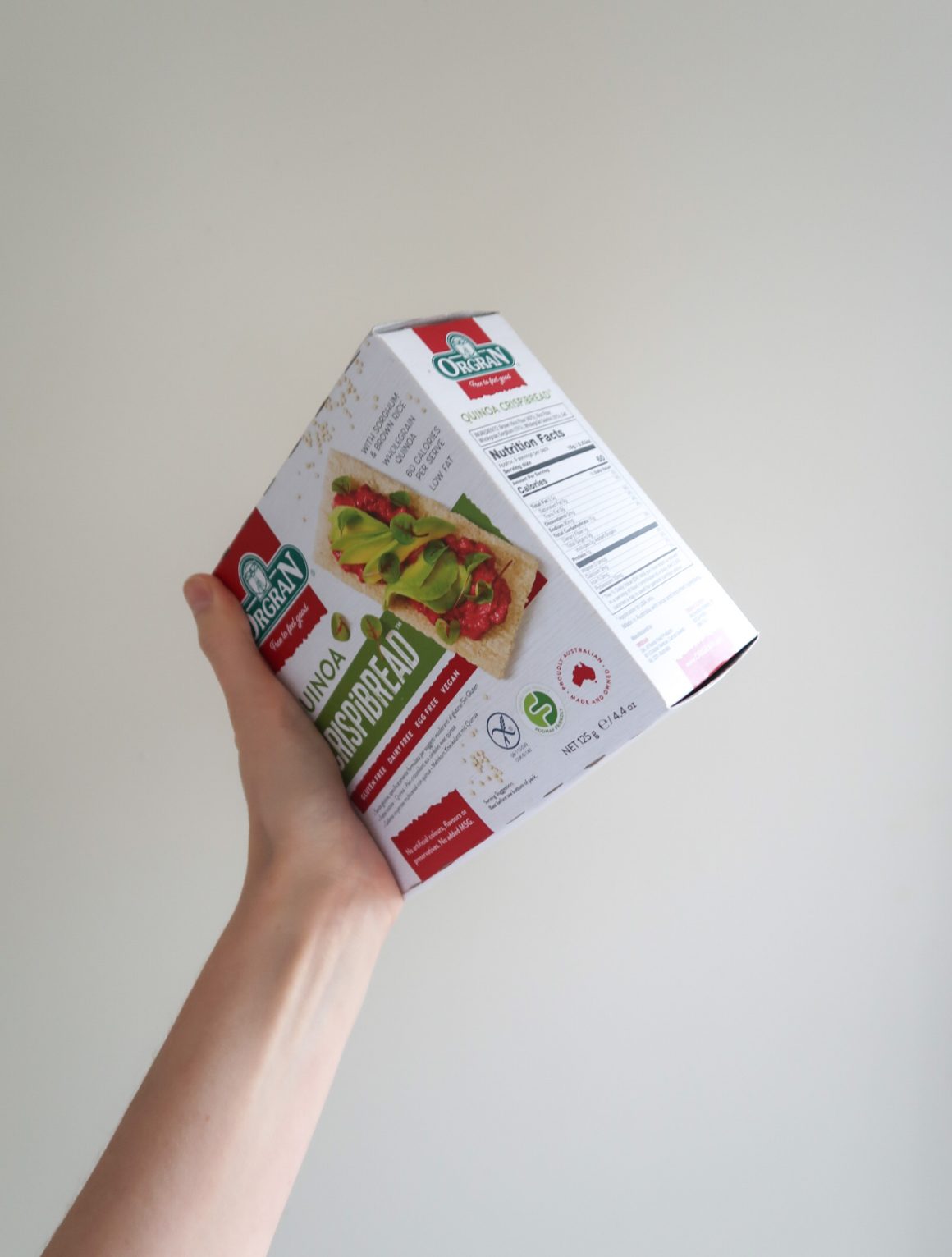
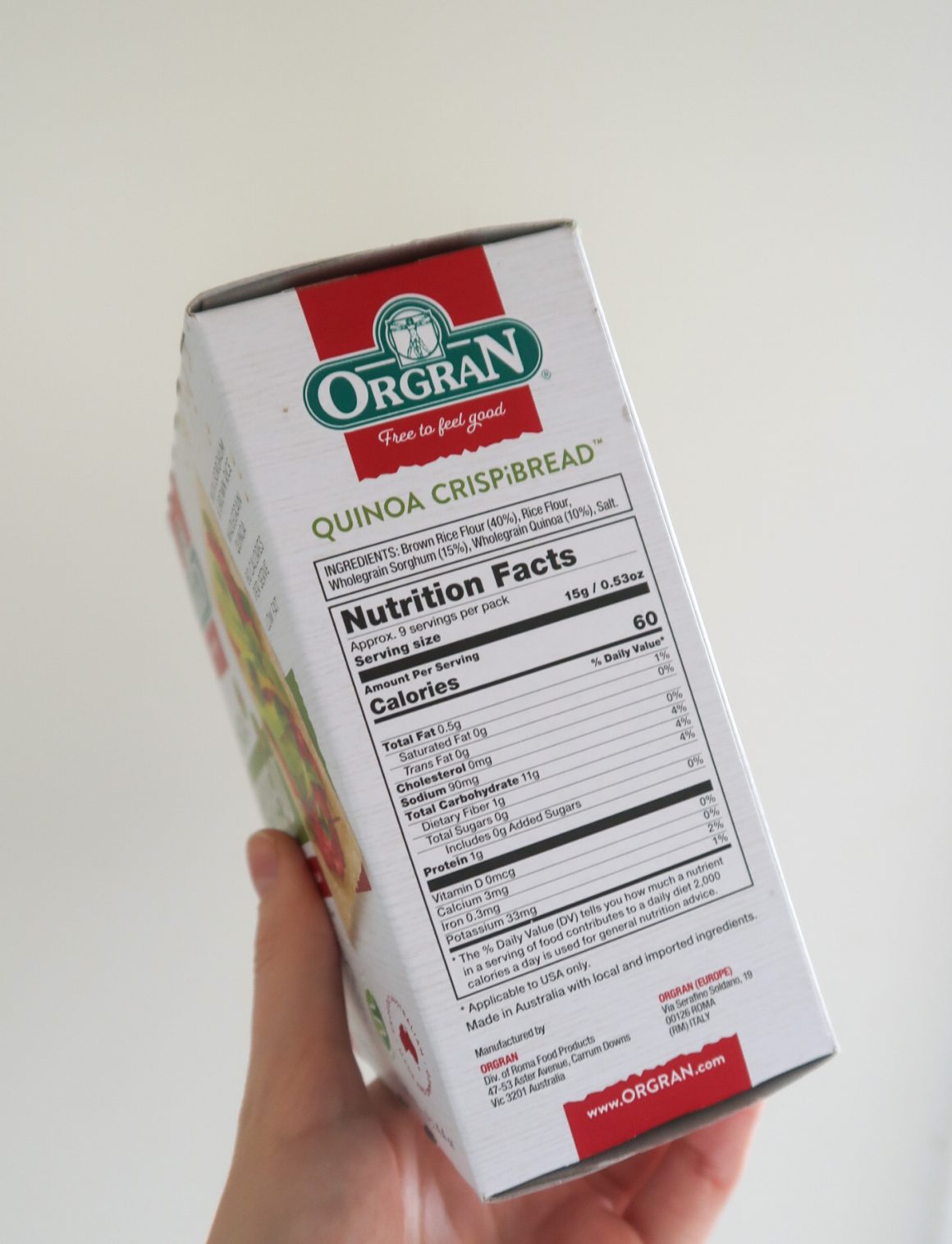
You know what is a game-changer during your weekly grocery shop? Being able to effectively read nutrition information panels.
You wouldn’t think picking out the healthier options would be so hard, but slap on sneaky marketing, confusing health labels, random numbers and obscure ingredients, and things quickly become complicated.
So, today we’ll be exploring ‘nutrition information panels’ (NIP, for short). Nutrition information panels may look confusing at first, but once you know how to read them they become extremely useful. Say you’re trying to choose which brand of peanut butter to go with, by reading the NIP will easily be able to pick out the healthier option.
So first things first, what is the NIP and what does it look like? The NIP is typically located at the back or the side of the product packaging. It lists all the ingredients within that food, as well as information about calorie/kilojoule content, macronutrient content and vitamin/mineral content. This is what it looks like:
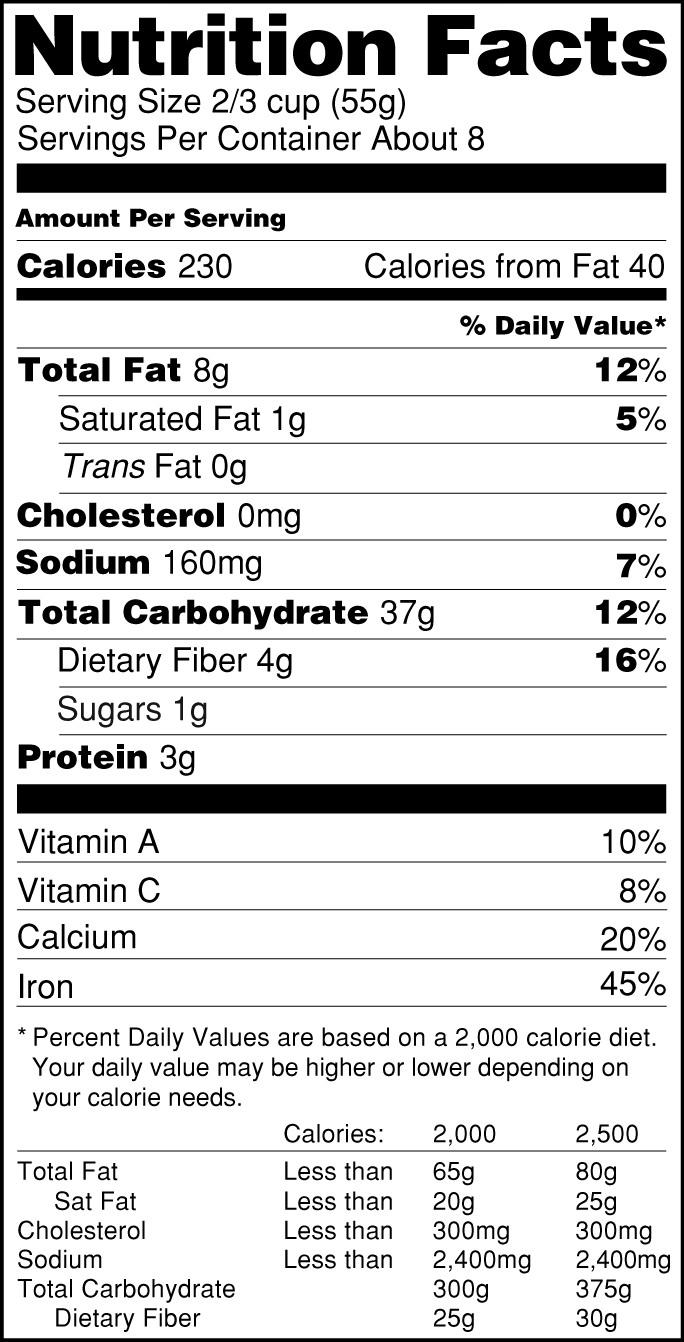
Now that you’re acquainted with the NIP, here are six tips to help you use it well.
Tip 1: Always go to the NIP, don’t rely on health claims.
Health labels, including ‘all natural’ and ‘sugar free’, are often misleading. Always override these by going straight to the NIP!
This is particularly evident when you’re in the health food aisle and assume everything in there is healthier. But no, that’s not always the case! Often you’ll find gluten free products in there that are no healthier than their regular gluten-filled counterpart (e.g. chips, crackers, biscuits, etc.). They’re just in that aisle as they’re suitable for those with Coeliac Disease or Non-Coeliac Gluten Sensitivity.
Tip 2: Nutrition information panels are listed from greatest to smallest by weight.
The ingredients on the nutrition information panels are actually listed from greatest to smallest by weight in that particular food. In other words, the closer an ingredient is to the start of the list, the more there is of it in that food.
It actually makes a lot of sense, but most people don’t realise this handy feature. I never did either! Using this, you can easily pick out the not-so-great food option by looking at the first few ingredients. For example, if you’re looking at muesli and sugar is the first ingredient, then you know it’s probably not the healthiest option.
Tip 3: Understanding alternative names.
There’s one thing to be mindful of when approaching Tip 2, and that is understanding alternative names. There can be many different ingredients that are essentially the same thing. The main culprits for this are added sugar, as well as ingredients high in sodium or saturated fat.
For example, sugar may be listed as added sugar, but it can also be listed as golden syrup or caster sugar!
Names for ingredients high in saturated fat: animal fat/oil, beef fat, butter, chocolate, milk solids, coconut, coconut oil/milk/cream, copha, cream, ghee, dripping, lard, suet, palm oil, sour cream, vegetable shortening.
Alternative names for added sugar: dextrose, fructose, glucose, golden syrup, honey, maple syrup, sucrose, high-fructose corn syrup, malt, maltose, lactose, brown sugar, caster sugar, raw sugar, sucrose.
Alternative names for high salt ingredients: baking powder, celery salt, garlic salt, meat/yeast extract, monosodium glutamate, MSG, onion salt, rock salt, sea salt, sodium, sodium ascorbate, sodium bicarbonate, sodium nitrate/nitrite, stock cubes, vegetable salt.
Tip 4: Use the per 100g column.
When comparing nutrients (e.g. protein, fat, fibre or carbohydrates) or kilojoules between similar products/brands, use the ‘per 100g column’. The will give you a more accurate comparison. Keep the ‘per serve’ column for when you want to know the quantities of nutrients or kilojoules you will be eating in one serve of a particular food.
Tip 5: Nutrition quantities that you should aim for.
When you look at protein, carbohydrates, fibre, total fat, and other nutrients, the quantities don’t really mean much to us unless we have a reference point. So, here are some guidelines to go by:
Total Fat
When looking at the ‘per 100g’ column, try to choose foods with less than 10g. For milk, yoghurt and icecream in particular, choose less than 2g per 100g and for cheese, choose less than 15g per 100g.
Saturated Fat
Always try to aim for the lowest quantity per 100g. Ideally, aim for less than 3g per 100g.
Sugars
You don’t necessarily have to avoid sugar altogether, but do try to avoid large amounts of added sugars. If the sugar content is greater than 15g per 100g, check that sugar (including the alternative names for sugar) isn’t high on the ingredients list.
Sodium (salt)
Choose lower sodium options among similar foods. More specifically, foods with less than 400mg per 100g are good, and foods with less than 120mg per 100g are best.
Fibre
Although I’ve included it in this list, not all nutrition information panels will include fibre! However, if bread and cereals do have the fibre quantity included, go for products with 3g or more per serve.
Tip 6: Look at the amount of ingredients.
Now, this isn’t foolproof, but I’m listing it because it can still be helpful. Quite often, foods with a smaller ingredient lists will be healthier than the same type of food with a long ingredient list. This long ingredient list may be because there is more added sugar, salt, preservatives, etc.
I hope that has given you more insight into how to use the NIP. Whilst it can be confusing at first, just persevere and over time, it will become second nature!



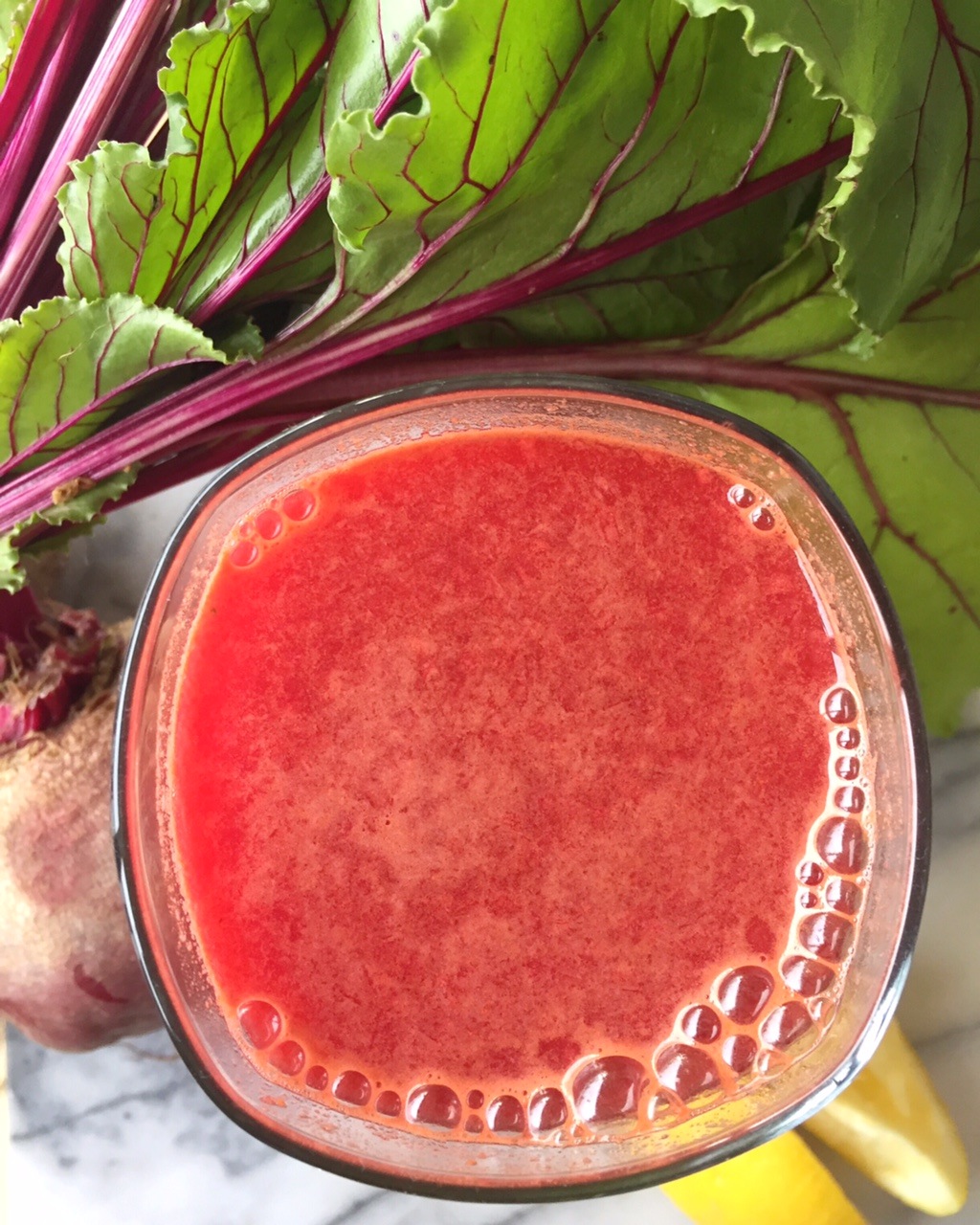
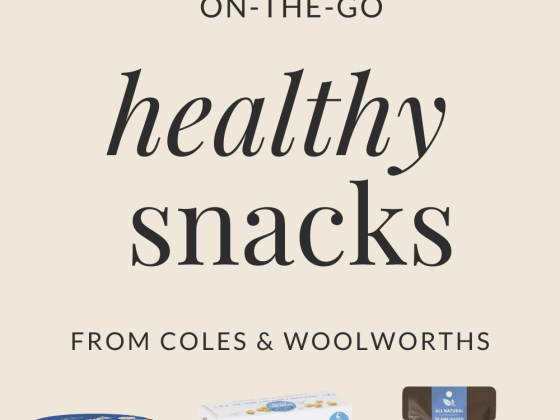

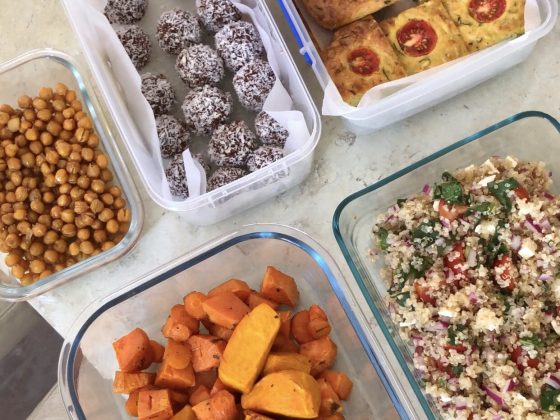
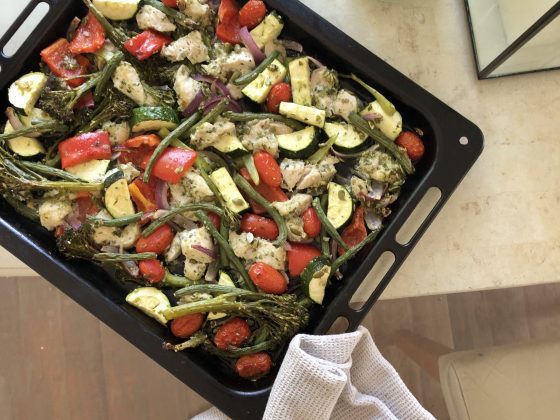


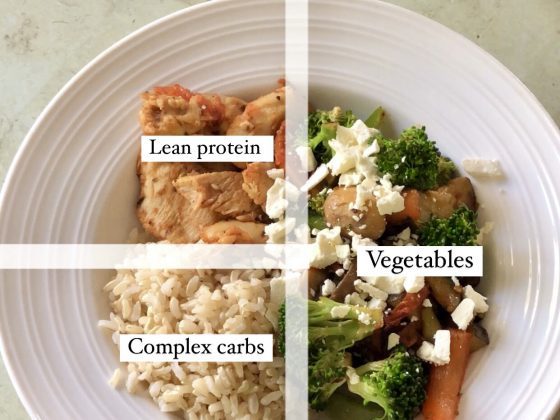

2 comments
Great post! I don’t know why they make these so complicated, but I think you broke it down really nicely! Feel like I learned something today!
xx
Thankyou so much Faith! Haha I know right?! So crazy. I’m so glad to hear it! Thanks for reading! xx